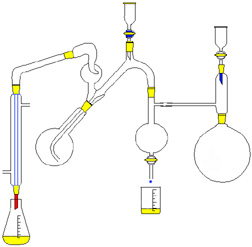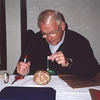This image represents a complex apparatus such as might have been used in the Miller Urey experiment.
Click on image for full size
Windows original
The Miller Urey Experiment
In the 1950's, biochemists Stanley Miller and
Harold Urey, conducted an experiment which demonstrated that several
organic compounds, including amino acids, could be formed spontaneously by
simulating the conditions of
Earth's early atmosphere.
They designed an
apparatus which held a mix of gases similar to those found in Earth's
early atmosphere over a pool of water, representing the primeval sea.
Electrodes delivered an electric current, simulating lightning, into the
gas-filled chamber. After allowing the experiment to run for one week,
they analyzed the contents of the liquid pool. They found that several
organic amino acids had formed spontaneously from inorganic raw materials
including water, ammonia, and methane. The equation for the combination of elements is shown below.

Their experiment (with different reactions) still holds if the Earth's initial atmosphere was not reducing but contained significant amounts of CO
2. These molecules collected together in the pool of water to form
coacervates.
Their experiments, along with considerable geological, biological, and
chemical evidence, lends support to the theory that the first life forms
arose spontaneously through chemical evolution. However, there are still
many skeptics of this theory who remain unconvinced.
British astrophysicist, Fred Hoyle, compares the likelihood of life
appearing on Earth by chemical evolution "as equivalent to the
possibility that a tornado sweeping through a junkyard might assemble a
Boeing 747 from the materials therein".
You might also be interested in:
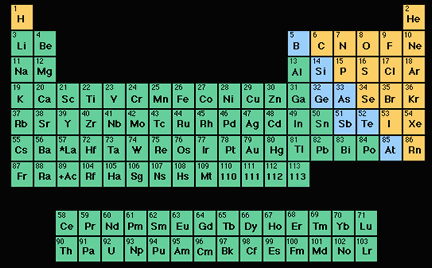
An element (also called a "chemical element") is a substance made up entirely of atoms having the same atomic number; that is, all of the atoms have the same number of protons. Hydrogen, helium, oxygen,
...more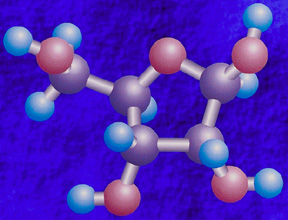
In the warm primordial ocean, aggregates of amino acids, proteins, and other hydrocarbons coalesced into a form called *coacervates*. Organic polymers such as amino acids will spontaneously form coacervates
...more
The first beings were probably much like coacervates. As a group, these bacteria are called heterotrophic anaerobes. Because there was virtually no oxygen in the atmosphere at this time, these bacteria
...more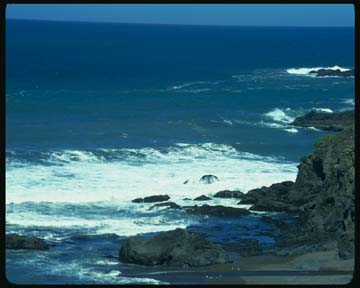
This tour is not ready yet, but you are welcome to click through and look at the pictures! When you think of an ocean, this is what usually comes to mind! When we discuss an ocean on Europa, this is not
...more
When you think of an ocean, this is what usually comes to mind! As we've said in the discussion of life on Earth, liquid water seems to be important to life. According to the Miller Urey hypothesis, the
...more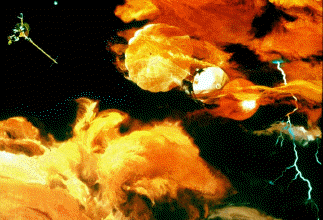
Jupiter's atmospheric environment is one of strong gravity, high pressure, strong winds, from 225 miles per hour to 1000 miles per hour, and cold temperatures of -270 degrees to +32 degrees (freezing temperature).
...more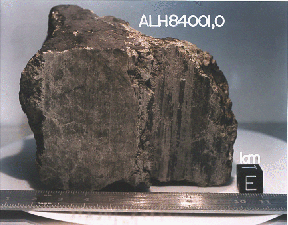
In July, 1996, it was announced that Dr. David McKay, along with a team of scientists at Johnson Space Center (a division of NASA), had discovered possible fossils of bacteria in an ancient rock from Mars.
...more



